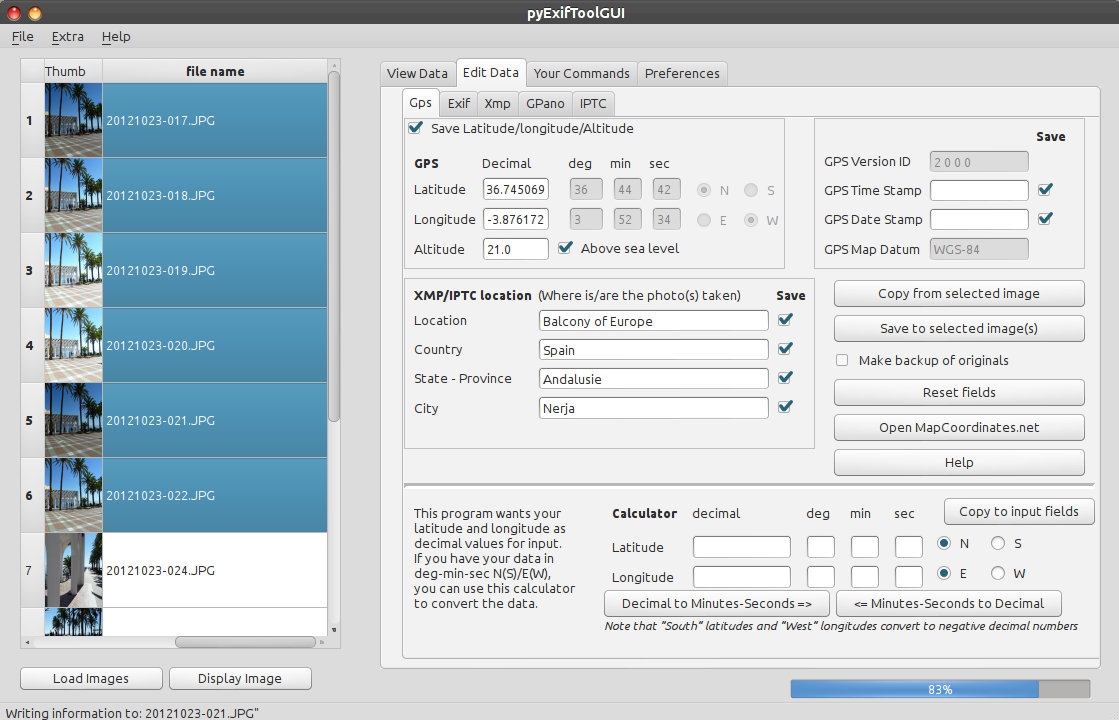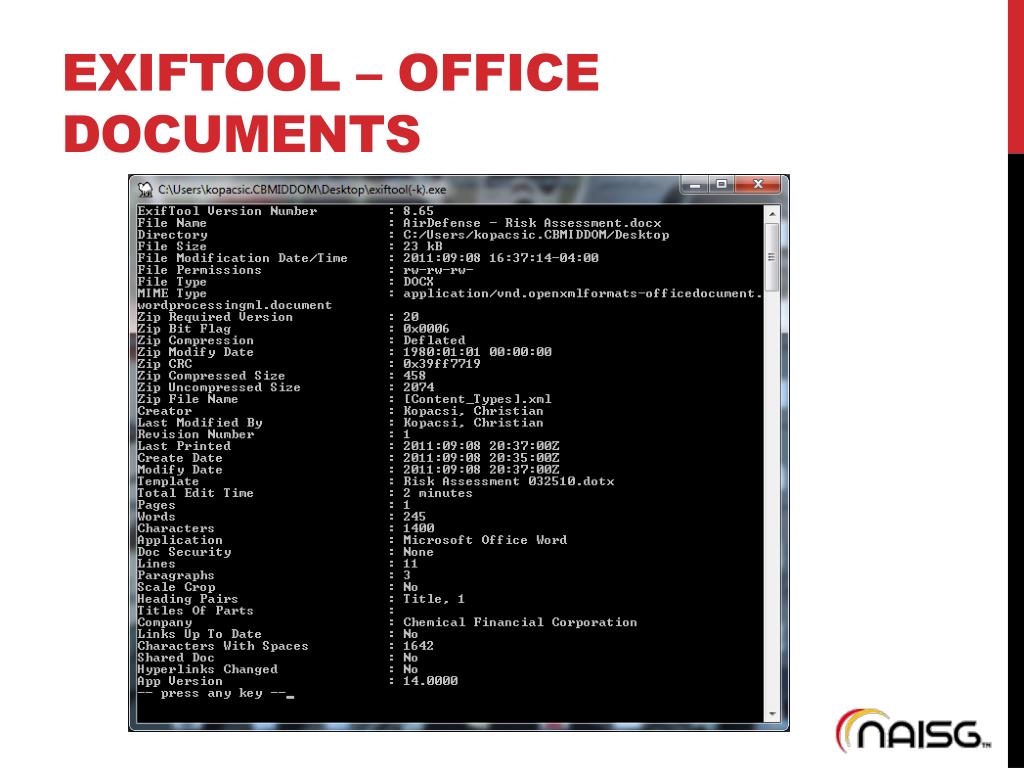


+= may also be used to increment numerical values (or decrement if VALUE is negative), and -= may be used to conditionally delete or replace a tag (see "WRITING EXAMPLES" for examples). += and -= are used to add or remove existing entries from a list, or to shift date/time values (see Image::ExifTool:: and note 6 below for more details). comment=wow), or delete the tag if no VALUE is given (eg. Write a new value for the specified tag (eg. Restart Apache: $ sudo /opt/bitnami/ctlscript.Exiftool Application Documentation exiftool Application DocumentationĮxiftool - Read and write meta information in files SYNOPSIS ReadingĮxiftool FILE. NOTE: Depending on your installation type, the ResourceSpace config.php file will be located in the following paths:Īpproach A (Bitnami installations using system packages): /opt/bitnami/resourcespace/include/config.phpĪpproach B (Self-contained Bitnami installations): /opt/bitnami/apps/resourcespace/htdocs/include/config.php Update the config.php file by adding the line below to it: Log in to the server console and execute the following command: $ sudo apt-get update & sudo apt-get install -y libimage-exiftool-perl To install the ExifTool component, follow these steps:

Refer to the FAQ for more information on these changes. The output of the command indicates which approach (A or B) is used by the installation, and will allow you to identify the paths, configuration and commands to use in this guide. To identify your Bitnami installation type and what approach to follow, run the command below: $ test ! -f "/opt/bitnami/common/bin/openssl" & echo "Approach A: Using system packages." || echo "Approach B: Self-contained installation." On account of these changes, the file paths stated in this guide may change depending on whether your Bitnami stack uses native Linux system packages (Approach A), or if it is a self-contained installation (Approach B). NOTE: We are in the process of modifying the file structure and configuration for many Bitnami stacks.


 0 kommentar(er)
0 kommentar(er)
